Croton Megalocarpus Tree
- November 25, 2024
- 0 comment
The Croton Megalocarpus tree is a vital species in many tropical ecosystems, known for its ecological, economic, and environmental significance.
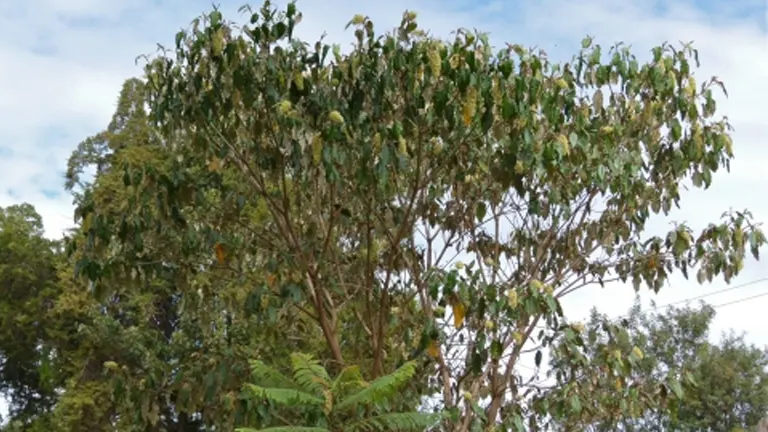
A member of the Euphorbiaceae family, this tree plays a crucial role in maintaining biodiversity, improving soil quality, and providing resources for both humans and wildlife. Its fast-growing nature and ability to thrive in challenging environments make it an essential tree for afforestation and ecological restoration projects.
What Is a Croton Megalocarpus Tree?
The Croton Megalocarpus, commonly referred to as the forest croton, is a large, deciduous tree native to East Africa. It belongs to the genus Croton and the family Euphorbiaceae.
Characteristics and Interesting Facts:
- Leaves: The tree has broad, ovate leaves with a glossy green surface. These leaves are essential for photosynthesis and provide shade in hot climates.
- Flowers: Its small, unassuming flowers are clustered and yellowish, making it an attractive nectar source for pollinators.
- Bark: The bark is rough and grayish, with medicinal properties often utilized in traditional remedies.
- Fruits: The tree produces large, hard-shelled capsules that house its seeds, which are rich in oil.
- The seeds of the Croton Megalocarpus are used to produce biofuel, making it a potential renewable energy source.
- It has a typical lifespan of over 50 years, contributing significantly to long-term ecological stability.
Two Different Types of Croton Megalocarpus Tree Species
Although the term “Croton Megalocarpus” specifically refers to one species, there are related species within the Croton genus, such as:
Croton Macrostachyus
Found in similar regions, it shares many ecological roles but varies slightly in size and fruiting patterns.
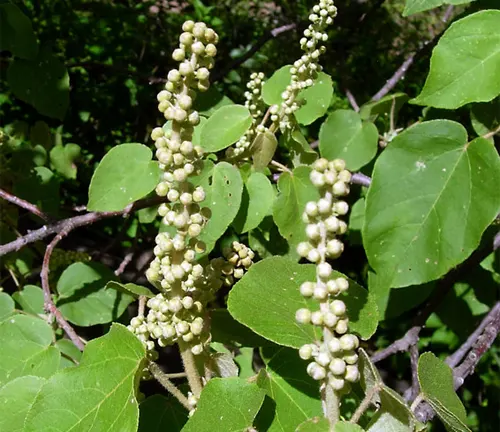
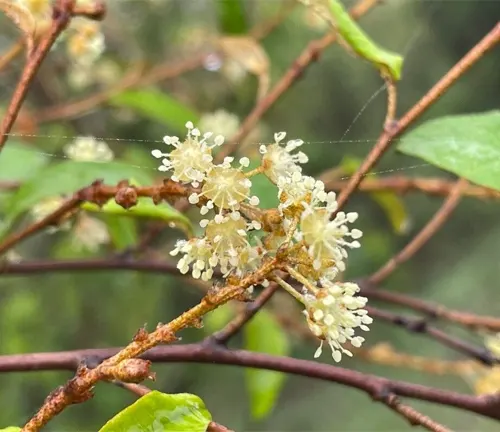
Croton Dichogamus
A smaller species, this tree thrives in semi-arid areas and supports soil stabilization.
Each species plays a vital role in their ecosystems, contributing to soil fertility, acting as windbreaks, and providing habitats for diverse fauna.
Where Do Croton Megalocarpus Trees Grow?
The Croton Megalocarpus tree is native to tropical East Africa, particularly in countries like Kenya, Tanzania, and Uganda. It grows naturally in woodlands, savannas, and forest edges, thriving at altitudes of 1,000 to 2,500 meters.
This tree is highly adaptable to tropical and subtropical climates. It can survive in poor soils and withstand drought conditions, making it ideal for areas affected by deforestation or desertification.
How to Grow and Care for Croton Megalocarpus Tree

- Soil: Prefers well-drained, loamy soil but tolerates sandy and degraded soils.
- Water: Drought-tolerant but benefits from regular watering during its early stages.
- Sunlight: Thrives in full sunlight but can also grow in partially shaded areas.
- Seeds: Sow seeds in a nursery bed and transplant seedlings when they are robust enough.
- Cuttings: Less common but effective in controlled conditions.
Maintenance Tips:
- Regularly prune to promote healthy growth.
- Mulch around the base to retain soil moisture.
- Protect from pests such as termites during the sapling stage.
Ecological Benefits of Croton Megalocarpus Tree
The Croton Megalocarpus tree offers numerous benefits:

- Improving Soil Quality: Its leaf litter enriches the soil with organic matter.
- Preventing Erosion: The tree stabilizes land in erosion-prone areas.
- Supporting Biodiversity: It serves as a food source for pollinators and habitat for birds.
Croton Megalocarpus Flowering and Pollination
The tree typically flowers in warm seasons, producing small yellow blooms. These flowers attract bees, butterflies, and birds, which help pollinate the tree, ensuring seed production and propagation.
Is Croton Megalocarpus Tree Drought-Tolerant?
The Croton Megalocarpus tree is highly drought-tolerant, making it a resilient species for arid and semi-arid regions. It can survive prolonged dry periods by storing water in its roots and bark. This adaptability makes it a valuable resource for regions facing water scarcity.
Croton Megalocarpus Tree and Wildlife Interactions
This tree forms symbiotic relationships with local wildlife:
- Birds and Mammals: The fruits are a vital food source for birds and small mammals.
- Pollinators: Bees and butterflies thrive on its nectar, aiding pollination.
- Soil Microorganisms: The roots support beneficial microorganisms that enhance soil health.
Conclusions
The Croton Megalocarpus tree is an ecological powerhouse, contributing to environmental stability, supporting biodiversity, and offering practical uses for humans. Its role in combating climate change and restoring degraded lands highlights its value in conservation efforts. By planting and protecting this tree, we can ensure a healthier, more sustainable environment for future generations.
Frequently Asked Questions (FAQs)
- What is the Croton Megalocarpus tree?
The Croton Megalocarpus is a fast-growing, deciduous tree native to East Africa, known for its ecological and economic importance. - Where does the Croton Megalocarpus tree grow?
It thrives in tropical and subtropical regions, particularly in East Africa, at altitudes of 1,000 to 2,500 meters. - What are its main characteristics?
It has broad, glossy leaves, rough grayish bark, small yellow flowers, and large seed capsules used for biofuel production. - What are its ecological benefits?
The tree improves soil quality, prevents erosion, provides habitat for wildlife, and helps combat climate change through carbon sequestration. - Is the Croton Megalocarpus tree drought-tolerant?
Yes, it adapts well to dry conditions, making it suitable for arid and semi-arid regions. - How can it be grown and cared for?
It grows best in well-drained soil, full sunlight, and requires minimal watering once established. Propagation is usually done through seeds.
We hope this guide has highlighted the value of the Croton Megalocarpus tree. Have tips or experiences to share? Join the conversation below! Your insights can inspire others to support biodiversity and sustainability. Share this guide to spread awareness and promote a greener future.



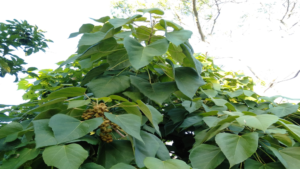
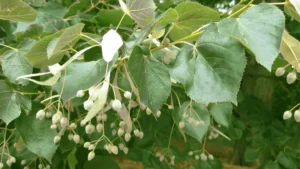
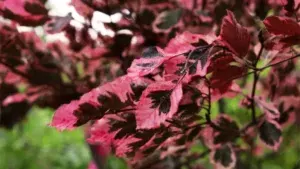
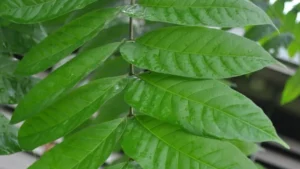
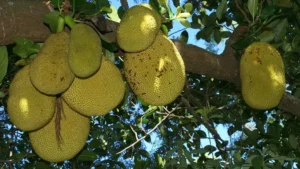
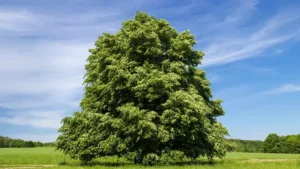
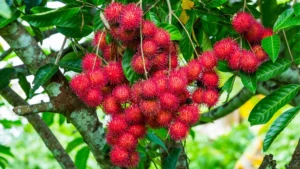
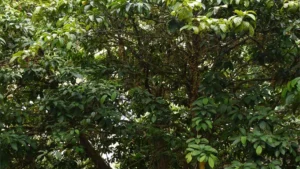
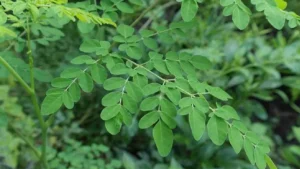
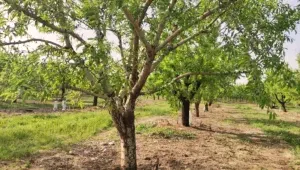
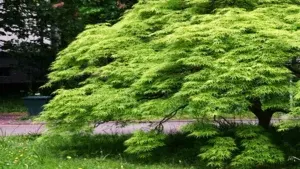
Leave your comment